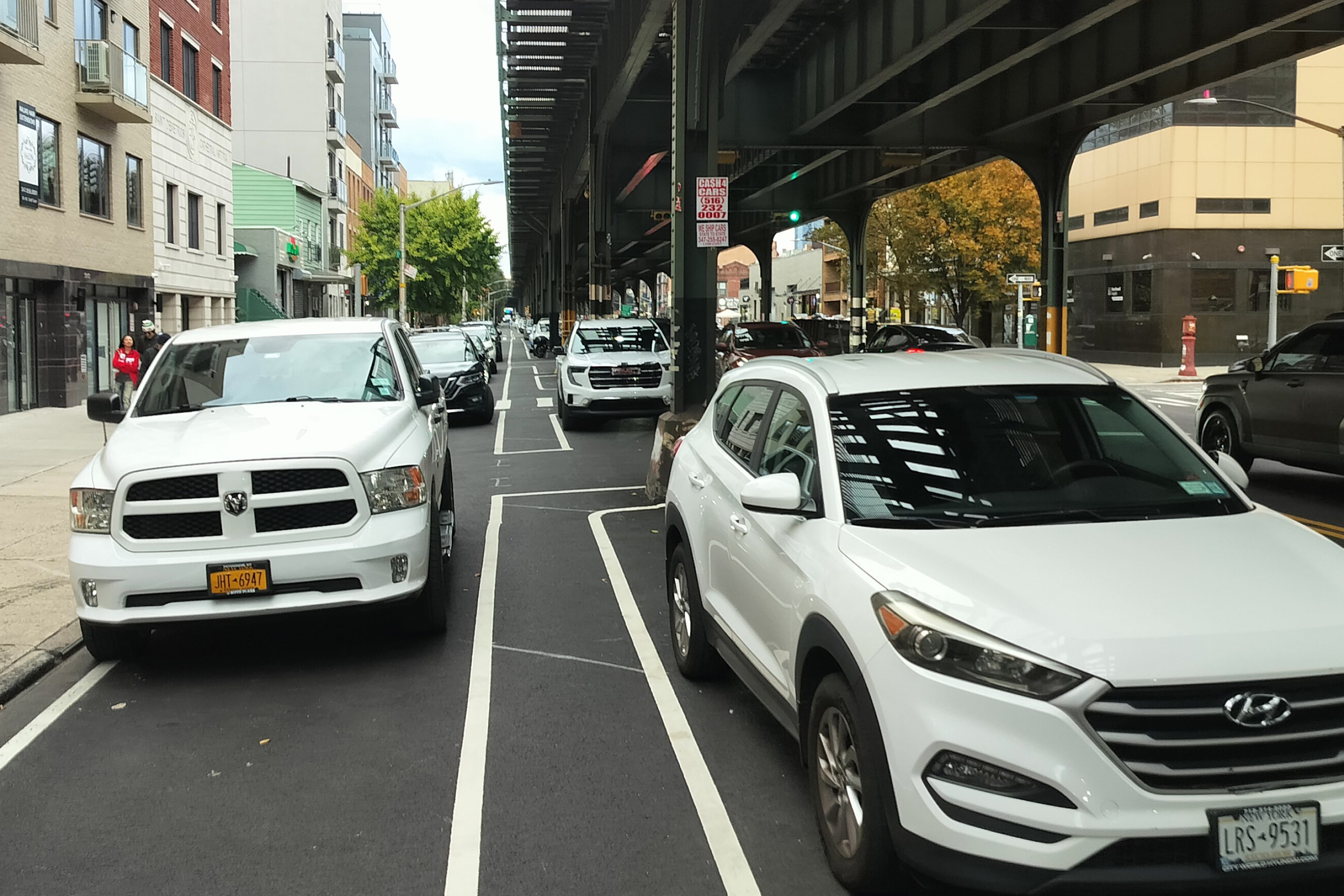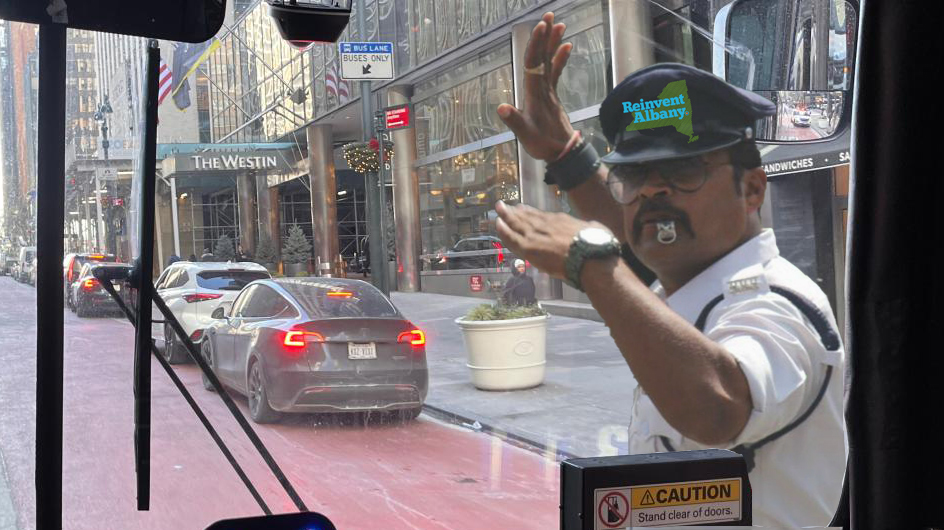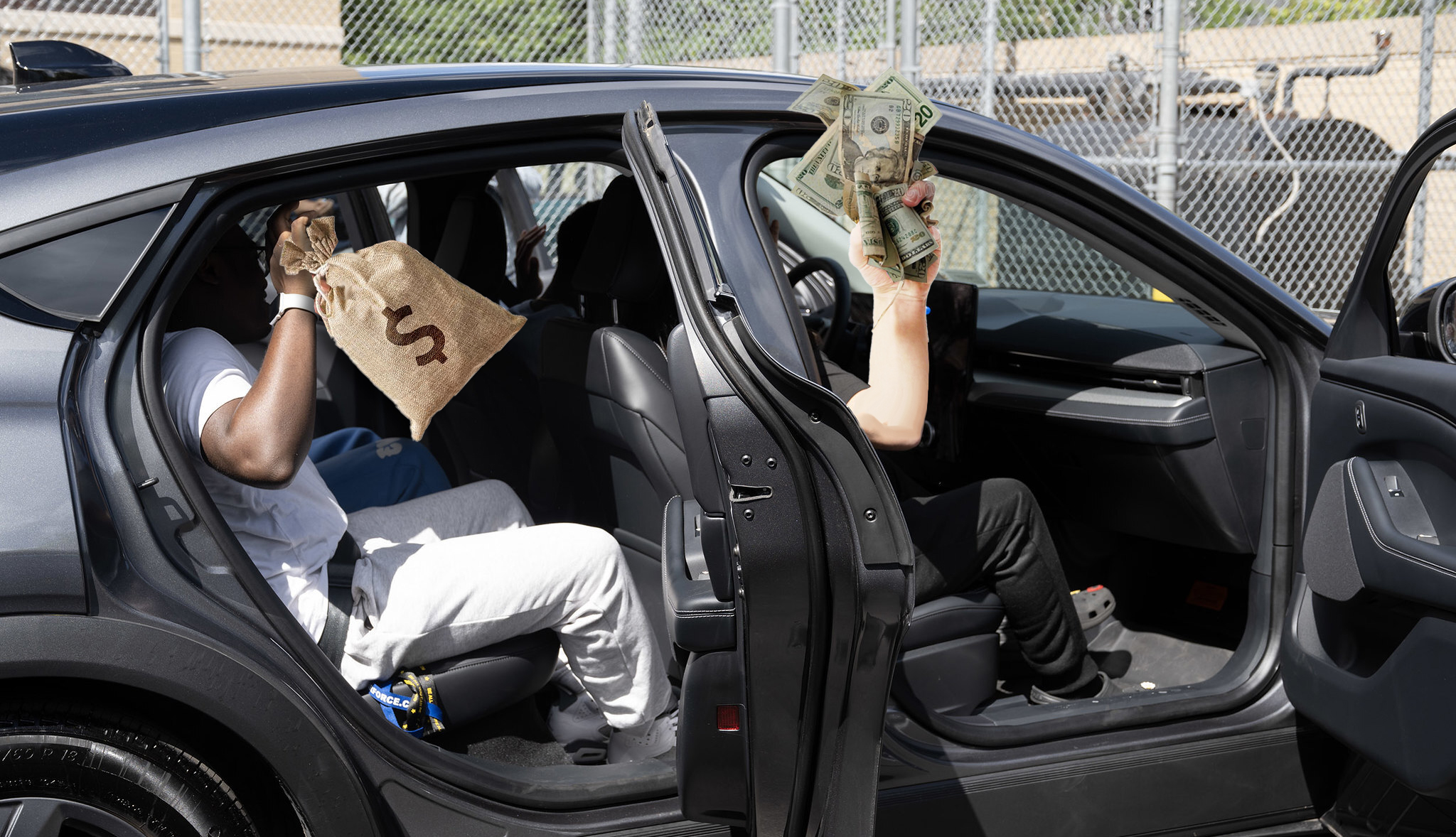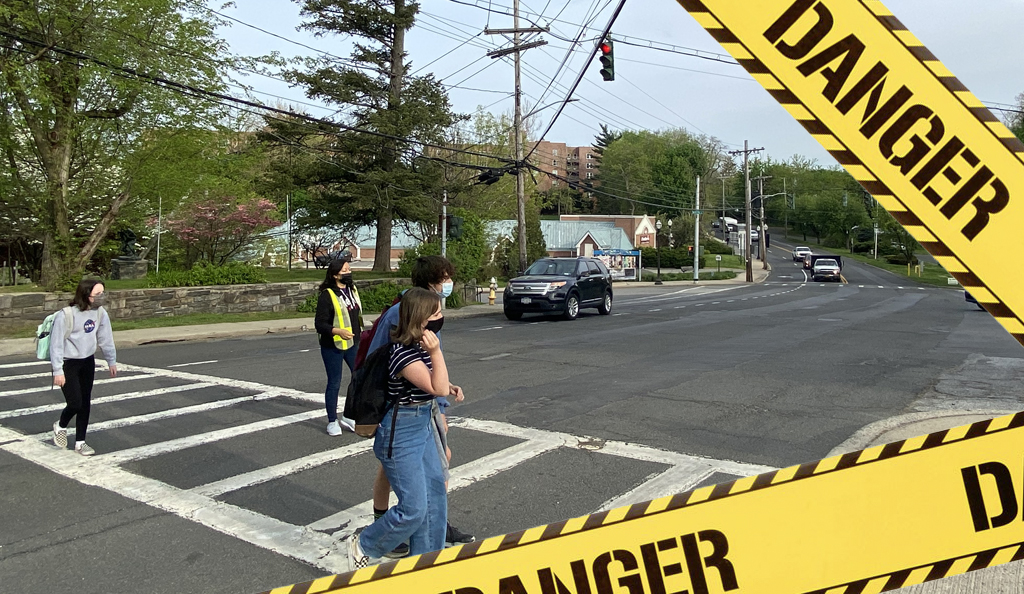We wrote a few weeks ago that some early signs had emerged indicating the proliferation of suburban corporate office parks could be on the wane. That was a matter of some debate among readers.

Pittsburgh has defied the trend toward job sprawl in second-tier cities in part because of the difficulty of cross-town commuting, Aaron Renn argues. Photo: Mancini's Bread Company
Aaron Renn at the Urbanophile has analyzed the situation further. His take is that downtowns in tier-one, global cities are in a better competitive position to attract and retain large employers than downtowns in mid-sized cities.
For a number of reasons, Renn says, cities like Kansas City and Columbus, Ohio are operating under a different set of job-location metrics than, for example, New York and Chicago. Urban planning and transportation are, of course, major factors:
Location in the suburbs is further enabled by the small size and comparative lack of traffic congestion in smaller cities. This makes it feasible for workers from anywhere to commute to the favored quarter in a reasonable amount of time, even if they don’t live there. By contrast, the tier one cities are very large and have significant congestion. This limits the commuter shed of suburban locations. On the other hand, their downtowns have 360 degree transit access to enable commuting from anywhere, making it in many regards the most accessible location.
Additionally, the smaller size of these cities means for many businesses the entire metro area can be effectively served by a single location. In places like New York or the Bay Area, the regions are so large and spread out that frequently even if there is a suburban location, a second downtown location is also required. This isn’t always the case elsewhere.
Considering these different dynamics vs. tier one cities, the playbook and strategies for strengthening the downtown as a truly commercial center have to be different. I’ve yet to see a truly compelling plan for it anywhere. I can’t claim I’ve got a great one sitting on a shelf here at Atelier Urbanophile either. It’s a hard problem.
Elsewhere on the Network today: Reconnecting America considers the effects of corporate transportation, like “tech buses,” on the environment and urban form. Urban Ardonia shares a collection of the best songs about buses. And Systemic Failure refutes the argument made by those who use examples from China and Spain to caution against high-speed rail investment.





